You never know what might become valuable in the future. Back in the 1960s, people went through their days innocently buying toys, listening to music, and talking on the phone, but today, those common items have become vintage collectibles. In fact, many modern people are nostalgic for the 50s, 60s, and 70s, not necessarily because they lived during those decades, but because they remember those products in their parents’ and grandparents’ homes. But collectibles could range from a mass-produced doll to a one-of-a-kind item, like something hand-signed by a deceased celebrity.
Not all Junk Holds Value

However, not all pieces of ‘old junk’ are considered valuable. There are certain factors to keep in mind. First, how old the piece is, because older usually means more precious. Items in good condition are generally more expensive than those with signs of damage or wear and tear. It’s also important to deduce whether the item has any historical significance or was made during a noteworthy time or event. This plays into the fourth consideration: the rarity of the item. Or perhaps most importantly, whether or not it’s in high demand. Just because something is old and in good condition doesn’t mean people want to buy it. [1]
So, Which items are worth something?

But you may be surprised at what collectibles are in high demand and what aren’t. Here are a few examples of vintage items with some resale value today. You may recognize these things or even already own some. Or you might start itching to purchase your own version.
Chatty Cathy
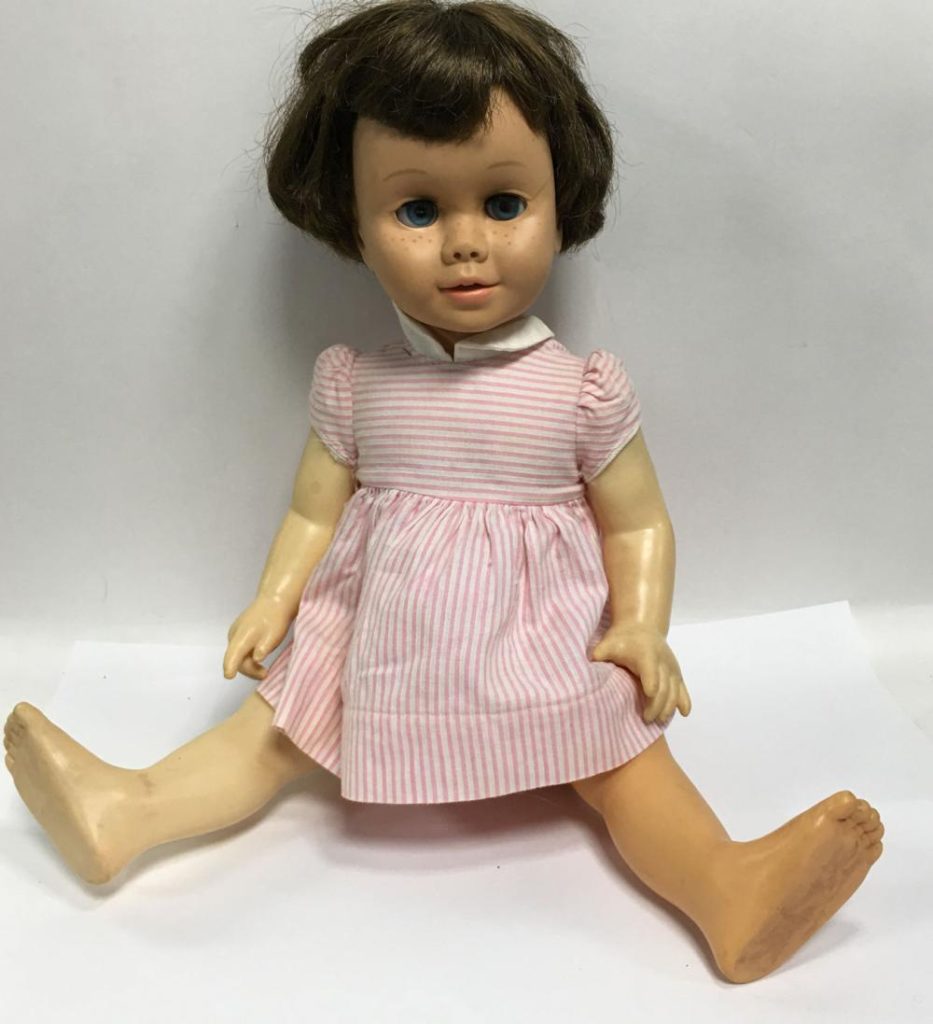
Chatty Cathy was a collection of talking dolls produced by Mattel. They were a hit in the ’60s because of their unique ability to “speak” different phrases when a customer pressed on their stomachs. These dolls regained some popularity in the ’90s, but they are less known today among the various new “speaking” today. Still, Chatty Cathys are iconic and remembered fondly by many people.
Stretch Armstrong
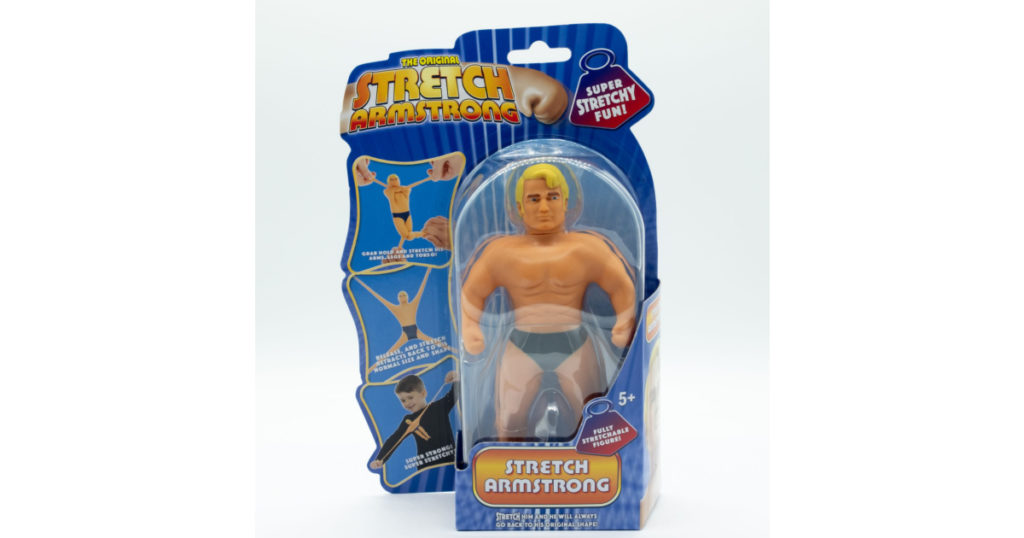
This was another popular toy, made by Kenner Products, and it was first introduced in 1976. Stretch Armstrong was named for its ability to stretch and bounce back into its original shape. Although it was popular at first, the hype died down quickly. But it has been re-released and is well-known among collectors and people with nostalgia. New versions have updated designs and materials but its core stretchy feature remains the same. The image you see here is of a newer version, but some of the originals could fetch a pretty penny from collectors.
Moon Boots
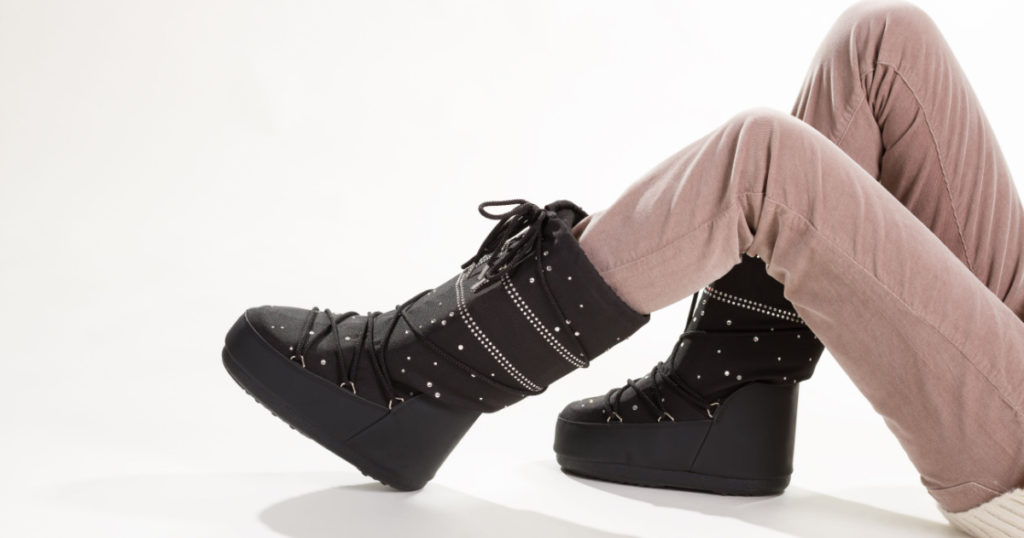
With the moon landing and the release of 2001: A Space Odyssey, outer space was on the minds of many people in the 1960s. This may be why the Moon Boots came into fashion. Founded in 1969, The Italian brand Tecnica designed these durable boots with a modern and yet quirky style clearly inspired by space.
Rolodex

You may have heard of address books, but in the 1960s, the Rolodex Corporation invented a new and improved way to organize contact information. Because it was so much larger than a typical address book and easier to flip through, the Rolodex was popular for businesses and salespeople. Although this product has become obsolete with most people today storing contacts digitally, it was revolutionary at the time.
Kennedy Half Dollar
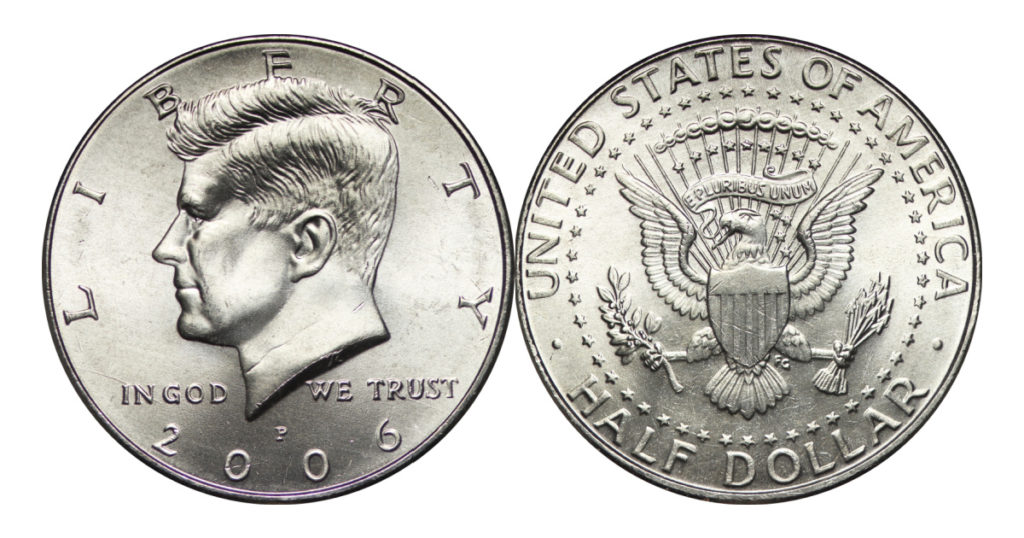
Coins are popular collectibles; the rarer, the better. And the Kennedy Half Dollar definitely falls into that category. The U.S. Mint created this coin as a tribute to the president after his death. There have been several versions of this coin, but the uncirculated versions are extremely valuable. Unlike the one above, if you find some from the 1960s and 70s, you may have a valuable collectible on your hands.
Vintage comic books
Comic books are another favorite among vintage collectors, and they have a rich history. People today may be familiar with superheroes through live-action films, but these characters first gained popularity through bright, hand-drawn, and hand-colored graphic novels. It’s interesting to examine how Superman, Batman, and other iconic figures evolved through 1960s collectibles. But these comics can teach a lot about the fears and values of the people at the time.
Vintage baseball cards

Similarly, baseball cards can depict notable historical events and milestones. They can also feature iconic players like Ty Cobb and Babe Ruth. Like comic books, the production of vintage baseball cards was much more labor-intensive than those made today. For instance, old cards that were hand cut or colored by hand are considered more valuable than those printed by a machine.
Led Zeppelin’s Debut Album
Led Zeppelin is one of the most famous rock bands of all time. Even those unfamiliar with this genre of music have heard of “Stairway to Heaven.” But when the band released their first album in 1969, no one who bought it realized they were part of history. Today, these vinyl records, as well as those of other now-legendary bands, are in high demand by music collectors.
Andy Warhol Marilyn Monroe Original Art
Almost everyone has heard of Marilyn Monroe. She continues to be one of the most well-known celebrities from the 1960s. As a result, many items associated with her have risen in value. These include a silkscreen painting called Marilyn Diptych created by Andy Warhol in 1962 that is worth millions. But although people won’t find that in their grandparents’ attic, they may find other Marilyn Monroe collectibles from the 1950s and 1960s, such as autographed photographs, movie posters, and magazine clippings.
China Sets
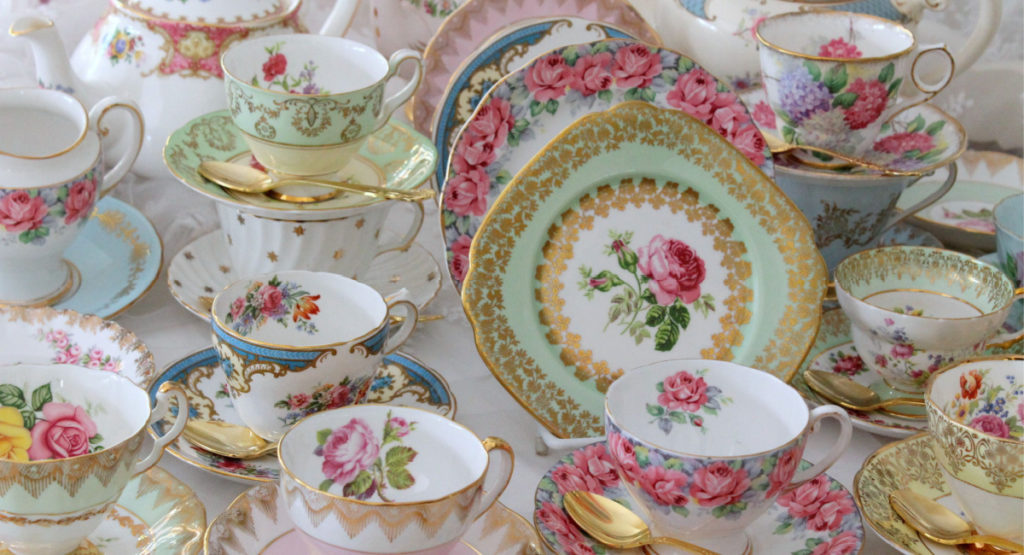
Many people today don’t own their set of fancy china, but their grandparents might. In the 50s and 60s, china sets were considered common household items. People who enjoy classic films may notice the recurrence of floral tea sets and may like the idea of inviting friends over for a classy tea party. Perhaps that’s why china sets are making a comeback.
The Future of 1960s Collectibles
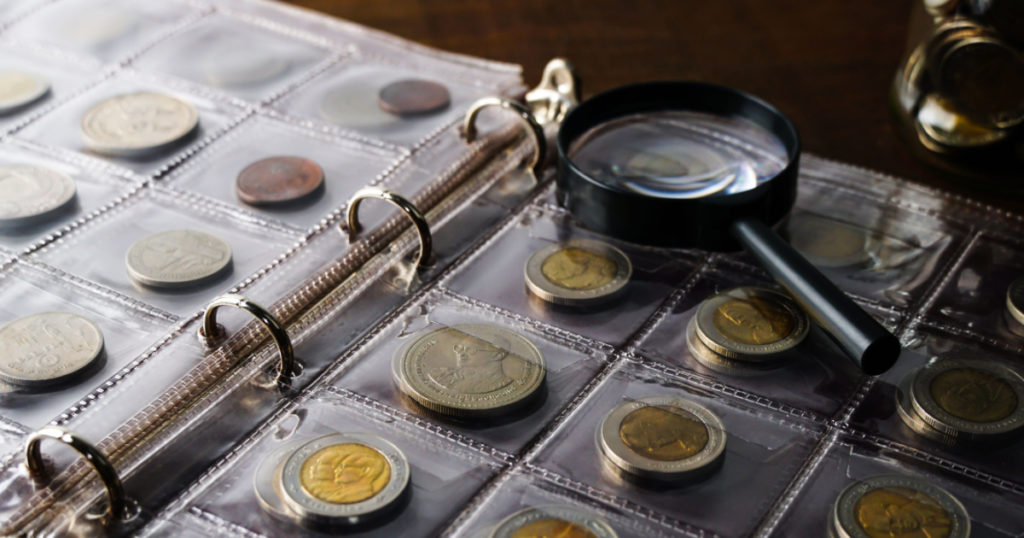
Collectors and experts in this area may be able to explain what is popular now, but it’s impossible to know what will be in high demand in the future. The market varies constantly as people grow older, the world develops, and priorities shift. Although history doesn’t change, current trends certainly do. “There’s a lot of this stuff in peoples’ garages, closets, and attics, and it’s only a matter of time before all this stuff starts getting released,” Ben Marks, a collector of vintage rock posters and senior editor at Collectors Weekly. But he isn’t sure if this potential wave of new collectibles from the 1960s would affect the market if it’s not what people are looking for. “That’s the thing that’s cool about stuff. It’d be nice to get the extra $50 because you find something in your garage, but to me what’s really interesting is what these things tell us about what we are and where we came from.” [3]